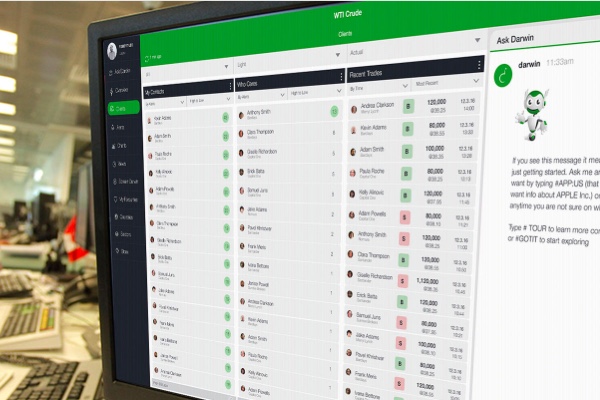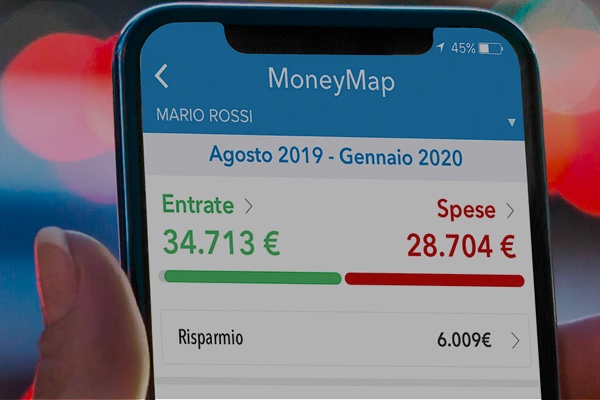Simplifying Ethereum economic ecosystem
Head of Design
2021
Product Team
About
This is my personal journey with Blockswap which initially sought to overcome DeFi challenges for ETH stakers and now is making DeFi as easy and intuitive as scrolling through Tik-Tok for anyone.
At Blockswap I am also working on Restaking.Cloud (restaking) which is in private beta and has a TVL of almost $1bn, kETH (fixed yield for staked tokens), and LSD Network (build your own Lido or Rocketpool)
Duration
In Progress
Most of the details about Blockswap are covered under NDAs, so take this project just as a brief walk-through in our Uncommon UX Methodology. Curious? I would be happy elaborating more on my experience in private if allowed.
Challenge
In the first few weeks of scrolling through our user's social media posts what I realized was the world of decentralized finance (DeFi) is wealthy but entangled by complexity.
It's difficult for new users to understand Web3 mental models easily (ownership, irreversibility of actions, visibility and others) as we are living and working in a Web2 world.

The current staking experience is fragmented, requires technical knowledge to become a validator and demands more capital than the average crypto user has available. Users find becoming a validator or getting involved in liquid staking intimidating by technical terms and complicated processes.
Approach
Deep user engagement and iterative design were the basis of our unconventional UX research strategy. We engaged Blockswap's community channels such as Discord to gain direct user feedback that would then be translated into actionable design improvements.
I partnered up with the Head of Marketing to monitor our community and pick up on relevant user problems or feedbacks that were gaining traction.

Advanced users
We created a special Discord channel for highly engaged people and early adopters where we have been sharing leaks, and also used it to recruit highly experienced testers for our advanced features.
These highly experienced solo stakers or businesses have seen many ups and downs, navigated market uncertainty and always managed to capitalise on the Ethereum blockchain, so their feedback have been vital in shaping advanced features and solving complex security and protocol's problems.
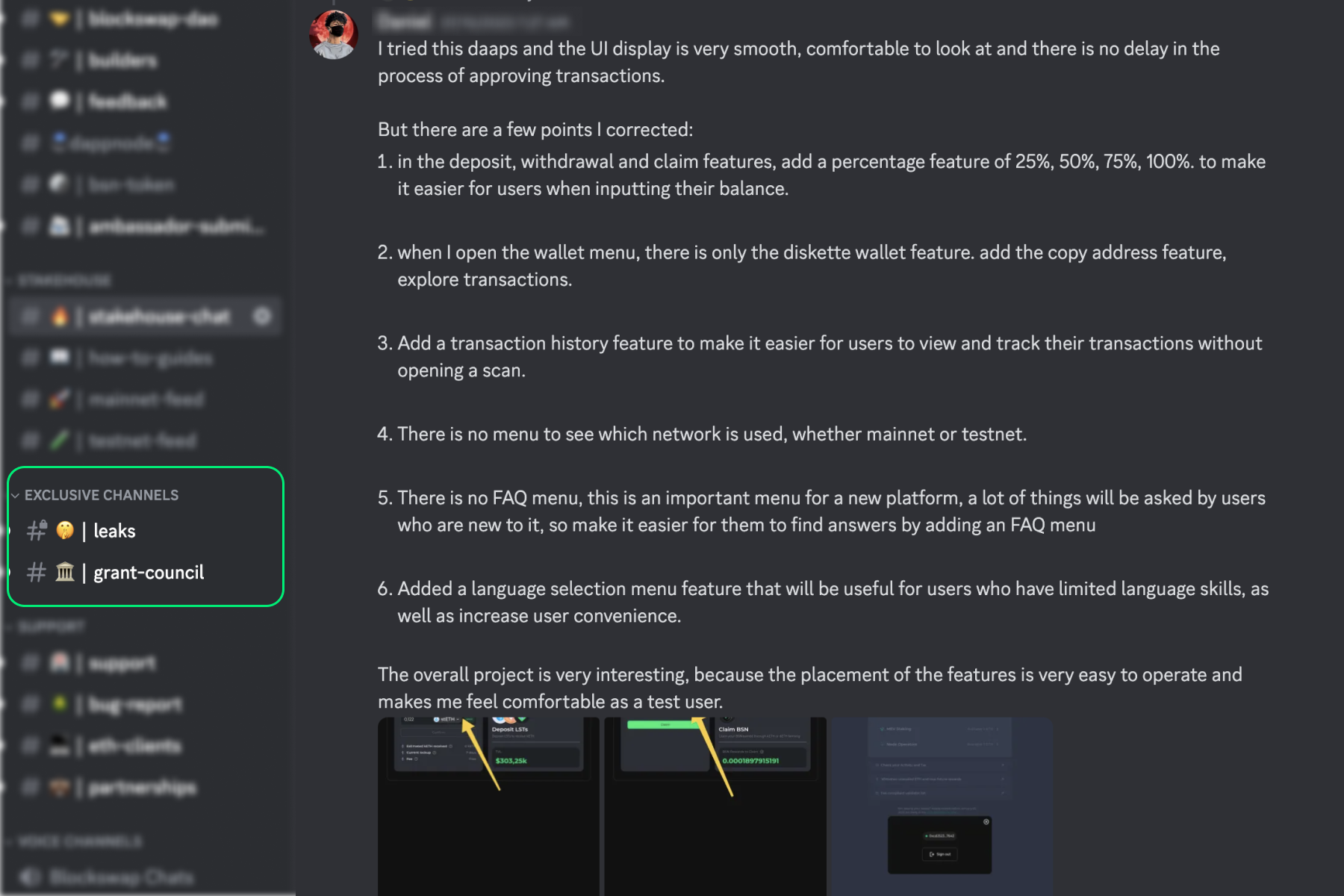
The next 100 Million people in DeFi should be able to freely choose to use Ethereum vs any other bank listed asset, without being blocked by educational or capital requirements. Sharing the experience with friends, family and clients should be intuitive, fun and hassle-free.
Users shapes DeFi
This has resulted in changes that are very relevant to our community members including tailoring educational content to meet their specificities, reintroducing crucial features for additional security layer for advanced users and keeping every action within our applications transparent and visible.
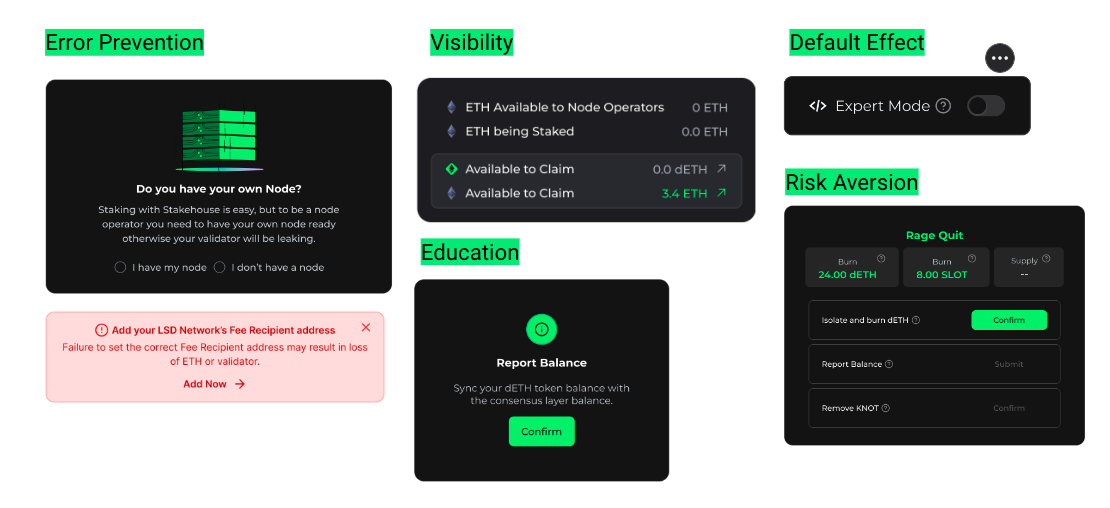
Design Systems
Each product related to Stakehouse, from the initial Mission Apollo, to the Website and the dAPP involved the creation of a Design system. Some components were later re-used for other DeFi products (like Wallet login, Metamask confirmation, MEV+ interaction and others).
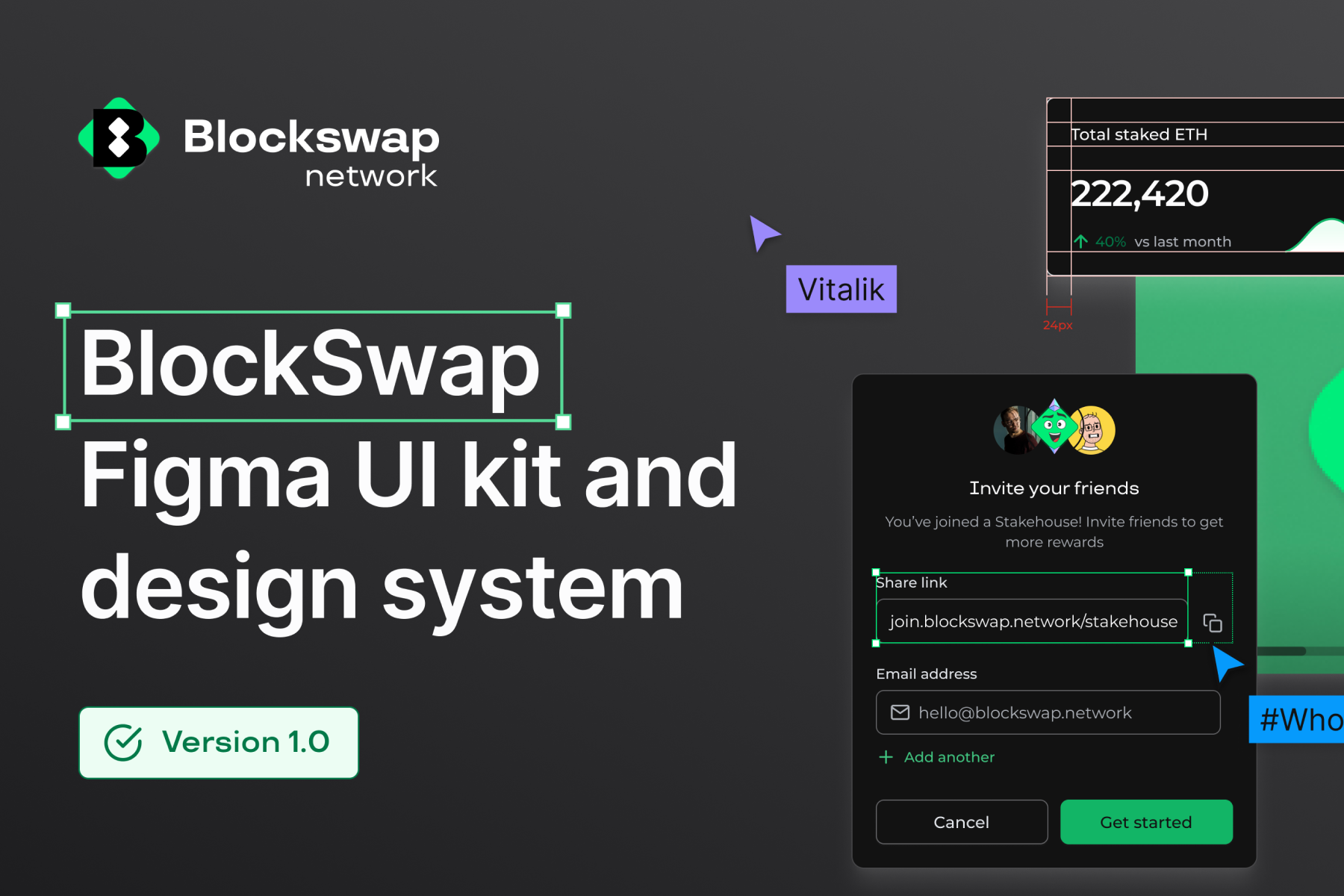
Key Projects:
Stakehouse my focus has been on reducing the economic and educational barriers for node runners, cutting down the industry-standard setup time from an average of 60 minutes to just 60 seconds, thereby democratizing access to DeFi with user-friendly interfaces.
Goerli organic testnet TVL has seen significant success at Stakehouse.
I also directed Mission Apollo testnet launch campaign at Stakehouse– I developed and managed a full-scale dApp design system to expedite production, then took feedback from live conferences as well as Discord and Twitter, iterating on the product.
Our staking UI was even integrated into dAppnode by their team.
Restaking Cloud I revised and expanded the Stakehouse dApp design system to align with Restaking product's features, I integrated a section exclusively for whitelisted addresses, different transaction list components and conducted tests with private beta users, it almost reached $1bn in TVL.
kETH Introduced a novel approach to Ethereum staking aimed at optimizing user returns and system efficiency.
For the MVP I re-appropriated the original dApp design system by introducing new components in the dashboard that give an overview of assets, pending transactions as well as possible rewards. These components were merged back into Stakehouse afterwards thereby standardizing UI swap/deposit patterns and making transaction connections clear to Etherscan for every user input.
LSD Network I focused on enabling users to create their own liquid staking derivatives platforms effortlessly.
Working in sprints alongside engineers we launched a "LSD as a service" feature, allowed us to significantly lower the barriers to access Staking for communities, allowing anyone to launch their own LSD network effortlessly, akin to the functionalities offered by platforms like Lido or Rocket Pool, and sharing the rewards within the network.
PoN Network A collection of protocols built to support credibly neutral infrastructure to facilitate the widespread adoption of uncensored DeFi and financial inclusion
Outcomes
The holistic and open-up nature of these projects which introduced new innovations in terms of design goes beyond just streamlining processes as it exposed DeFi space to thousands of validators and users, demonstrating the wide-ranging appeal and efficacy of our user-centric approach.
For instance, Stakehouse became a symbol of inclusiveness in liquid staking which led to high organic testnet TVL on Goerli.
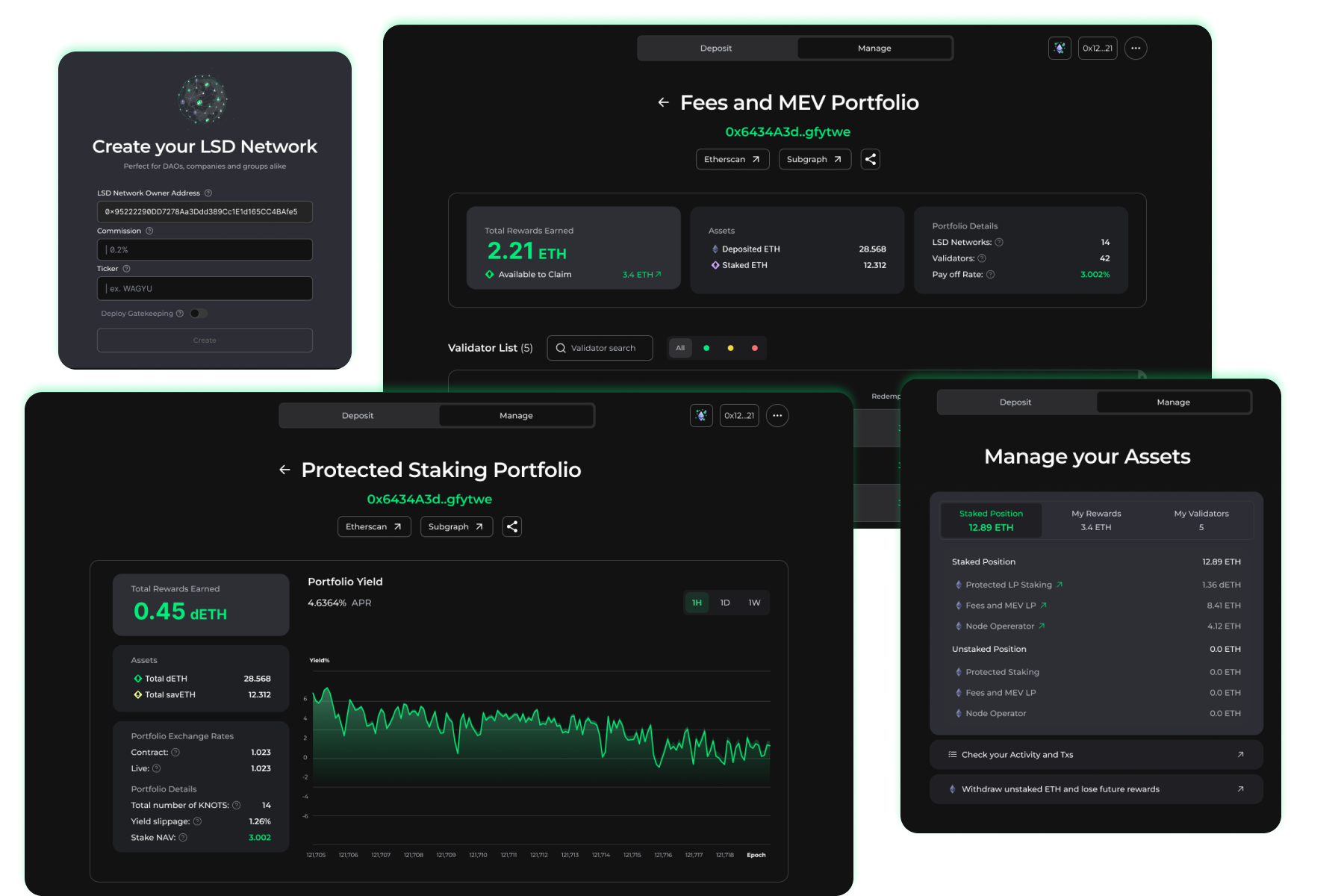
Next Steps
This trip was just as much about the things we made as it was about fostering communities.
A natural next step for me is making DeFi not only accessible but also an indispensable tool for people from around the globe.
To achieve our goal and onboard the next 100 million users into DeFi we are working on a mobile app that would leverage our 33+ internal proprietary protocols to transform how users interact with the Ethereum Blockchain.
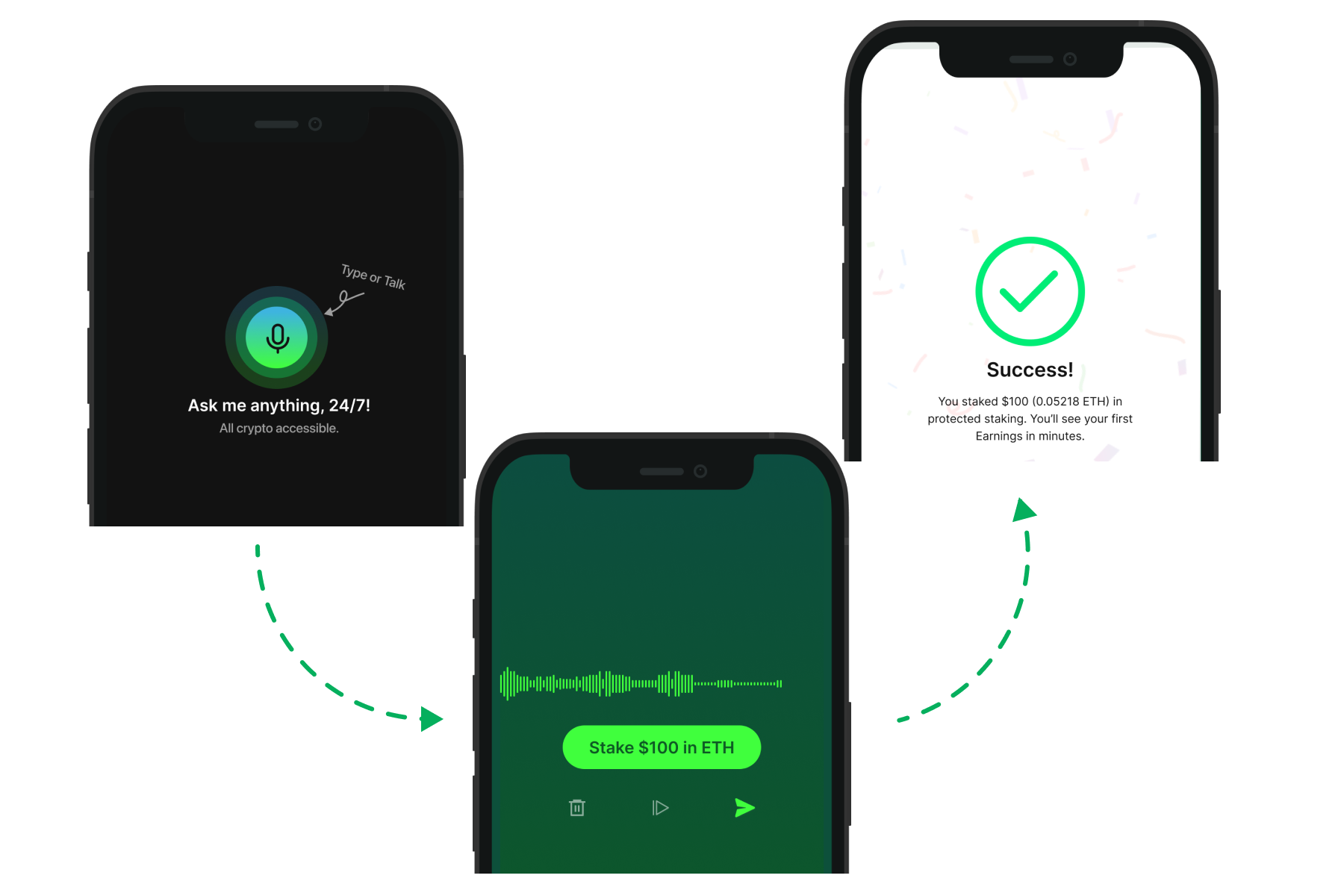
Talks:
ETHDenver Talk During this video I explore the Stakehouse protocol (along with the CEO and Head of Engineering) and talk about how myself and my team are looking to get 100 million web3 onboarded. I am an advocate of user-centeredness: this includes feedback-driven design thinking plus community involvement.
Community
By actively involving users from our Discord channels in the design process, we've learned that real innovation is a collaborative effort. This dynamic interaction not only fine-tuned our features but also infused our products with the lived experiences of the users, ensuring that our solutions truly resonate with their needs.
Design Agility
The iterative process—from Discord discussions to testnet launches—taught us the power of rapid prototyping and the necessity of flexibility. By adapting design systems for different products like kETH and LSD Network, we cultivated a versatile yet consistent user experience that could quickly evolve with user feedback and market trends.
Web 2 to Web3 Patterns
Reducing economic and educational barriers has been a pivotal achievement, but users are still living in a world full of Web2 patterns and Web2 expectations. The lesson here is profound: design can and should be a tool for empowerment, granting wider access and fostering inclusivity, but products challenging existing established patterns need to be truly user centered to succeed.
Cross-Collaborations
Collaboration across disciplines was a force multiplier in our quest to refine and redefine the DeFi space. The synergy between design, engineering, and marketing not only propelled our products forward but also fostered a holistic understanding of what it means to create truly user-centric solutions in the financial tech industry.
